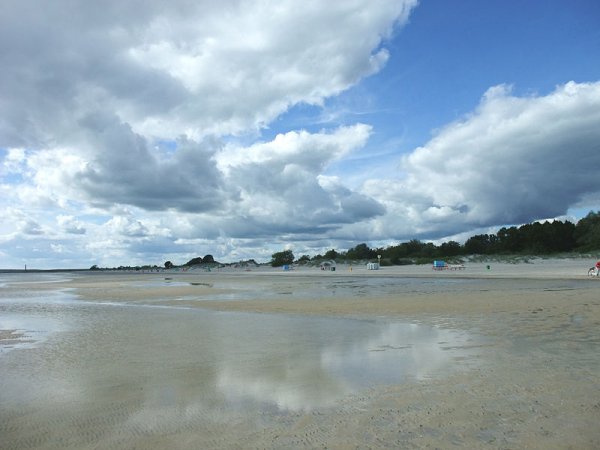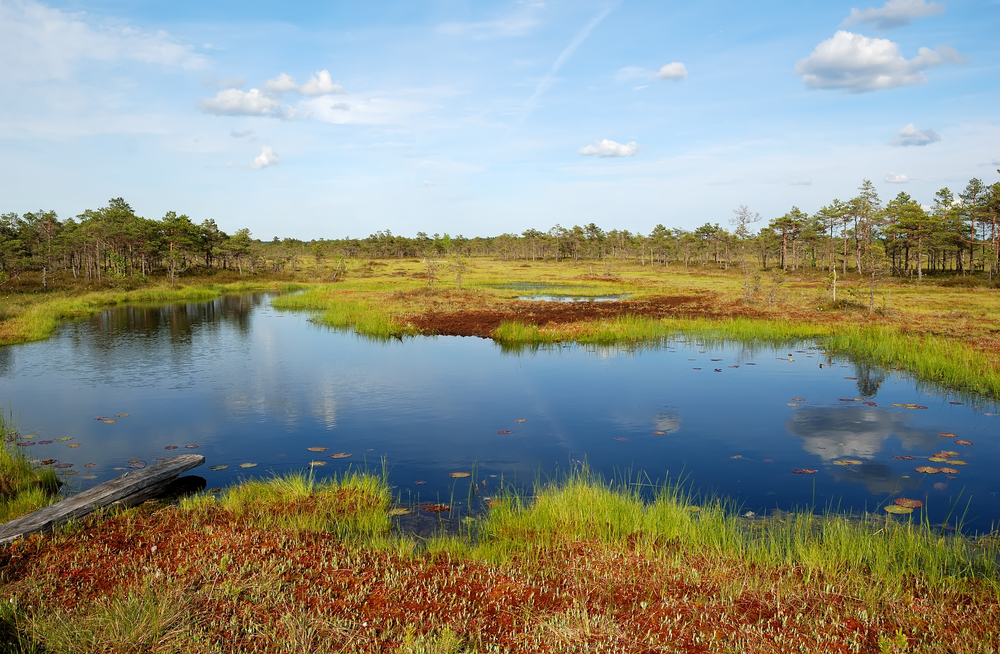Estonia Natural Sites
Lahemaa National Park
Lahemaa Rahvuspark Off Route 1
East of Tallinn, Estonia
Established in 1971, Lahemaa National Park ranks first in the country and covers an area of 725 square kilometers (280 square miles). The park was set up to preserve distinctive landscapes, ecosystems, biodiversity, and national heritage, as well as to encourage research. The panoramic view of adjoining areas, along with a number of waterfalls, peninsulas, bays, valleys, limestone plateaus, rivers, and pine trees, adds to the beauty of the park. In Altja village, visitors can get plenty of information from the only geological museum in the country. The exhibits include different kinds of rocks and boulders. The Muuksi and Palmse nature study paths throw light on the cultural heritage of the Baltic Germans.
Pärnu Beach
Coast of Pärnu Bay
North of the Gulf of Riga
Pärnu 80010, Estonia
This summer capital of the country is located on the coastline of the Baltic Sea. It is popularly known for its beach and health spa. This sandy beach stretches for a distance of one kilometer and hosts large crowds of locals and tourists during the summer. The beach is a popular spot for concerts and festivals, and provides visitors with a number of amenities like catering, storage lockers, and beach equipment. The variety of recreational activities includes roller-skating, kayaking, nightclubs, and drag racing events. Tourists are also attracted to the health spa, which offers mud baths, hydrotherapy, ozocerite therapies, massage, aromatherapy, and laser and electrotherapies.
Soomaa National Park
Soomaa Rahvuspark West of Viljandi, Estonia
Established in 1993, Soomaa ("Land of Bogs") National Park covers an area of 370 square kilometers (142 square miles) along the Parnu River. This park's natural features include grasslands, bogs, forests, and rivers. The landscape is bordered by swampy areas separated by rivers. Among all the raised bogs, the Kuresoo bog soars to a height of eight meters (26 feet) and extends over a distance of 100 meters (328 feet). The eastern territory is distinctly marked by high dunes, among which the Ruunaraipe Dune tops the list. It runs to a distance of 1.2 kilometers and rises to a height of 12 meters (39 feet).
Copyright © 1993—2025 World Trade Press. All rights reserved.

 Estonia
Estonia 



